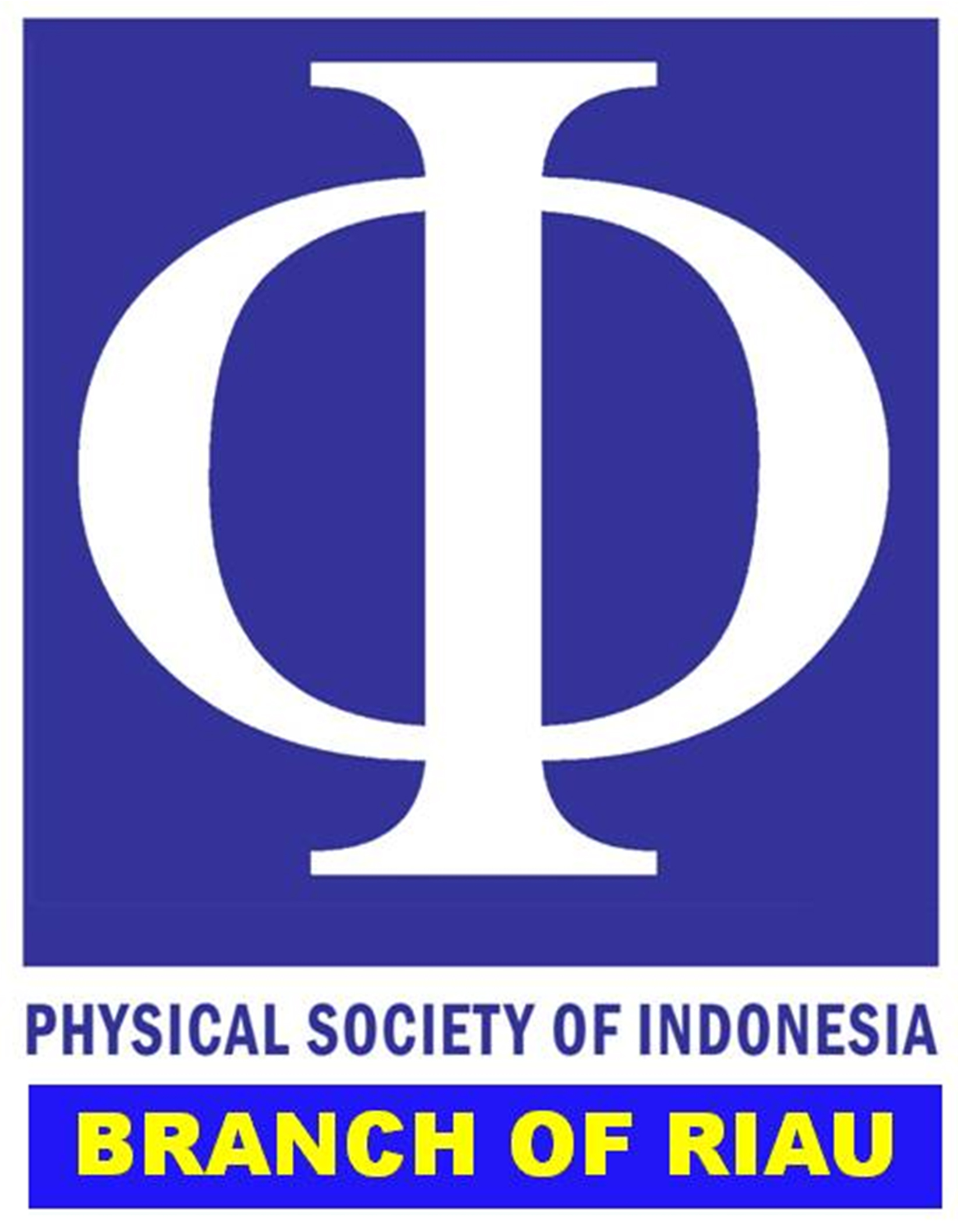Preliminary study on the utilization of cabbage waste as a raw material for activated carbon in supercapacitor applications
Abstract
Keywords
Full Text:
PDFReferences
1. Dar, M. A., Majid, S. R., Satgunam, M., Siva, C., Ansari, S., Arularasan, P., & Ahamed, S. R. (2024). Advancements in Supercapacitor electrodes and perspectives for future energy storage technologies. International Journal of Hydrogen Energy, 70, 10–28.
2. Ahmad, F., Shahzad, A., Danish, M., Fatima, M., Adnan, M., Atiq, S., Asim, M., Khan, M. A., Ain, Q. U., & Perveen, R. (2024). Recent developments in transition metal oxide-based electrode composites for supercapacitor applications. Journal of Energy Storage, 81, 110430.
3. Shah, S. S., & Aziz, M. A. (2024). Properties of electrode materials and electrolytes in supercapacitor technology. J. Chem. Environ, 3(1), 10–56946.
4. Nechikott, A. A. & Nayak, P. K. (2023). Electrochemical capacitance properties of pre-sodiated manganese oxide for aqueous Na-ion supercapacitors. RSC Advances, 13(21), 14139–14149.
5. Suwandi, D. A., Taer, E., Farma, R., & Syahputra, R. F. (2021). Effect of aqueous electrolyte to the supercapacitor electrode performance made from sugar palm fronds waste. Journal of Physics: Conference Series, 1951(1), 012009.
6. Krishnan, P. & Biju, V. (2022). Effect of electrolyte concentration on the electrochemical performance of RGO-Na2SO4 supercapacitor. Materials Today: Proceedings, 54, 958–962.
7. Pandey, D., Kumar, K. S., & Thomas, J. (2024). Supercapacitor electrode energetics and mechanism of operation: Uncovering the voltage window. Progress in Materials Science, 141, 101219.
8. Ansari, K. B., Mashkoor, R., Naim, M. A., Raheman, A. S., Ansari, M. Y., Khan, P., Hasib, R., & Shkir, M. (2025). A critical review on pure and hybrid electrode supercapacitors, economics of HESCs, and future perspectives. Journal of Energy Storage, 112, 115564.
9. Xiong, W., Meng, J., Zhang, Y., Fan, G., Pan, C., Shen, C., & Long, Y. (2025). Effect of alternating current electric fields on the preservation of fresh-cut Chinese cabbage and spinach. Innovative Food Science & Emerging Technologies, 102.
10. Hegde, S. S. & Bhat, B. R. (2024). Biomass waste-derived porous graphitic carbon for high-performance supercapacitors. Journal of Energy Storage, 76, 109818.
11. Phor, L., Kumar, A., & Chahal, S. (2024). Electrode materials for supercapacitors: A comprehensive review of advancements and performance. Journal of Energy Storage, 84, 110698.
12. Zhang, Y., Li, X., Li, Z., & Yang, F. (2024). Evaluation of electrochemical performance of supercapacitors from equivalent circuits through cyclic voltammetry and galvanostatic charge/discharge. Journal of Energy Storage, 86, 111122.
13. Mei, Y., Liu, S., Wu, L., Zhou, B., Wang, Z., Huang, Z. H., Zhu, Y., & Wang, M. X. (2024). Kelp derived hierarchically porous carbon aerogels with ultrahigh surface area for high-energy-density supercapacitor in aqueous electrolyte. Journal of Energy Storage, 77, 109878.
14. Tian, Y., Wang, S., Liu, N., Xue, Q., Qi, X., Liu, H., Cabot, A., & Liao, L. (2025). Rapid Joule heating processing of nickel-based flexible supercapacitors. Chemical Engineering Journal, 507, 160765.
15. Hardianto, Y. P., Shah, S. S., Shuaibu, A. D., Mohamed, M., Sarker, S., Alzahrani, A. S., & Aziz, M. A. (2025). Modeling supercapacitors with the simplified Randles circuit: Analyzing electrochemical behavior through cyclic voltammetry and Galvanostatic charge-discharge. Electrochimica Acta, 513, 145552.
16. Hefnawy, A., El Nady, J., Hassan, A. M., Mahgoub, F. M., Ebrahim, S., Emanfaloty, R. A., & Elshaer, A. M. (2025). Machine learning model of polypyrrole based-supercapacitor electrode: Fabrication, characterization, and prediction. Journal of Alloys and Compounds, 1019, 179240.
17. Mousavianfard, S. A., Molaei, A., Manouchehri, M., Foroozandeh, A., Shahmohammadi, A., & Dalvand, S. (2025). RETRACTED: Enhanced supercapacitor performance using [Caff-TEA]+[ZnBr3]− ionic liquid electrode in aqueous Na2SO4 electrolyte. Journal of Energy Storage, 109, 115232.
18. Aziz, S. B., Hama, P. O., Aziz, D. M., Sadiq, N. M., Woo, H. J., Kadir, M. F., Abdulwahid, R. T., Al-Asbahi, B. A., Ahmed, A. A., & Hassan, J. (2025). EDLC supercapacitor with enhanced charge-discharge cycles designed from plasticized biopolymer blend electrolytes: Biomaterials will be the future of energy storage devices. Journal of Energy Storage, 114, 115841.
19. Tarek, M., Yasmeen, F., & Basith, M. A. (2025). High-voltage symmetric supercapacitors developed by engineering DyFeO 3 electrodes and aqueous electrolytes. Journal of Materials Chemistry A, 13(1), 499–516.
20. Rohith, R., Prasannakumar, A. T., Manju, V., Thomas, M., Mohan, R. R., & Varma, S. J. (2024). An insight into the electrochemical performance of nanostructured V2O5 in aqueous neutral electrolytes and fabrication of 2V, high energy density, symmetric supercapacitor. Electrochimica Acta, 503, 144911.
DOI: http://dx.doi.org/10.31258/jkfi.22.2.97-104
Refbacks
- There are currently no refbacks.

This work is licensed under a Creative Commons Attribution-NonCommercial 4.0 International License.
Indexing by:








